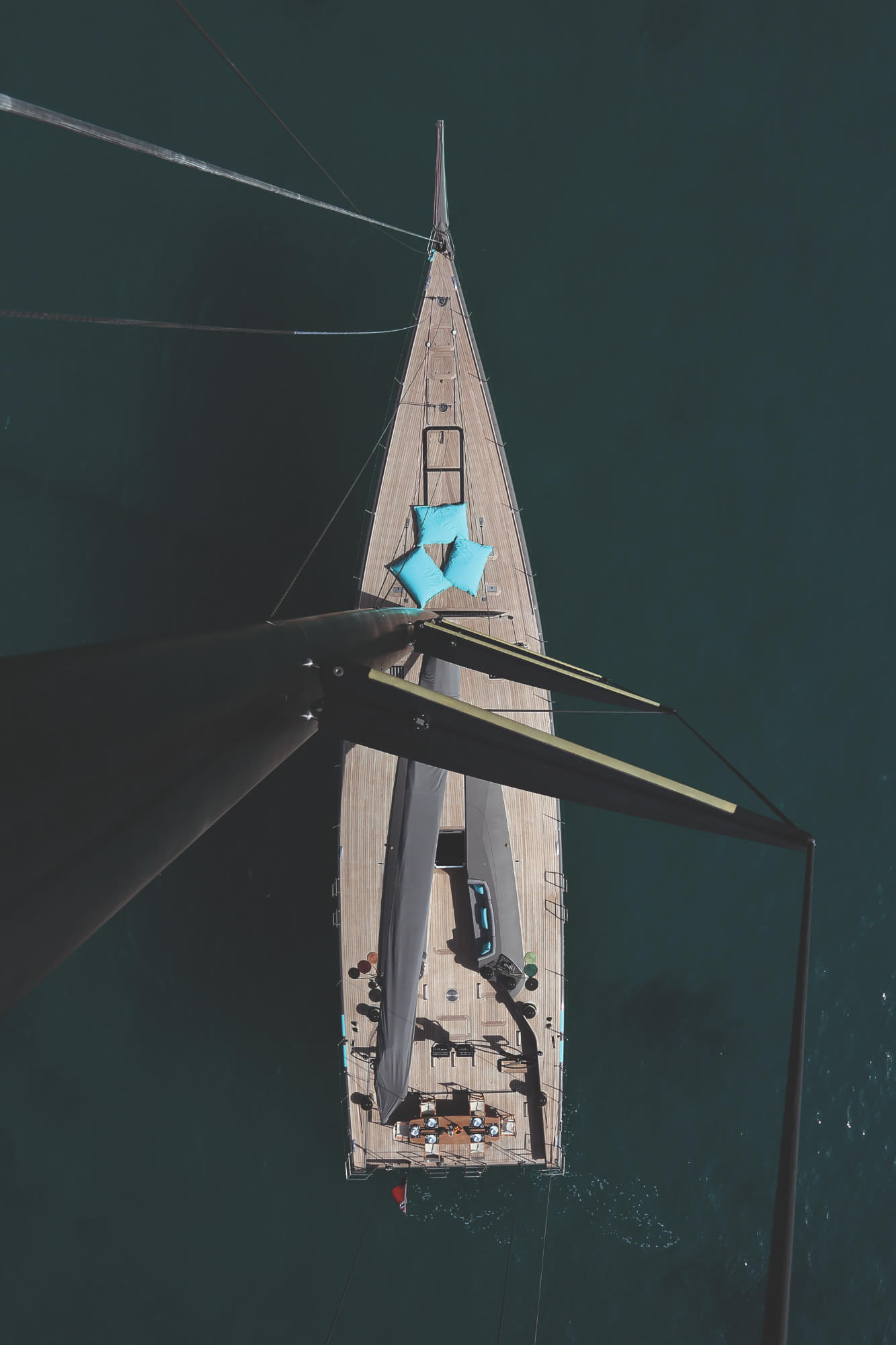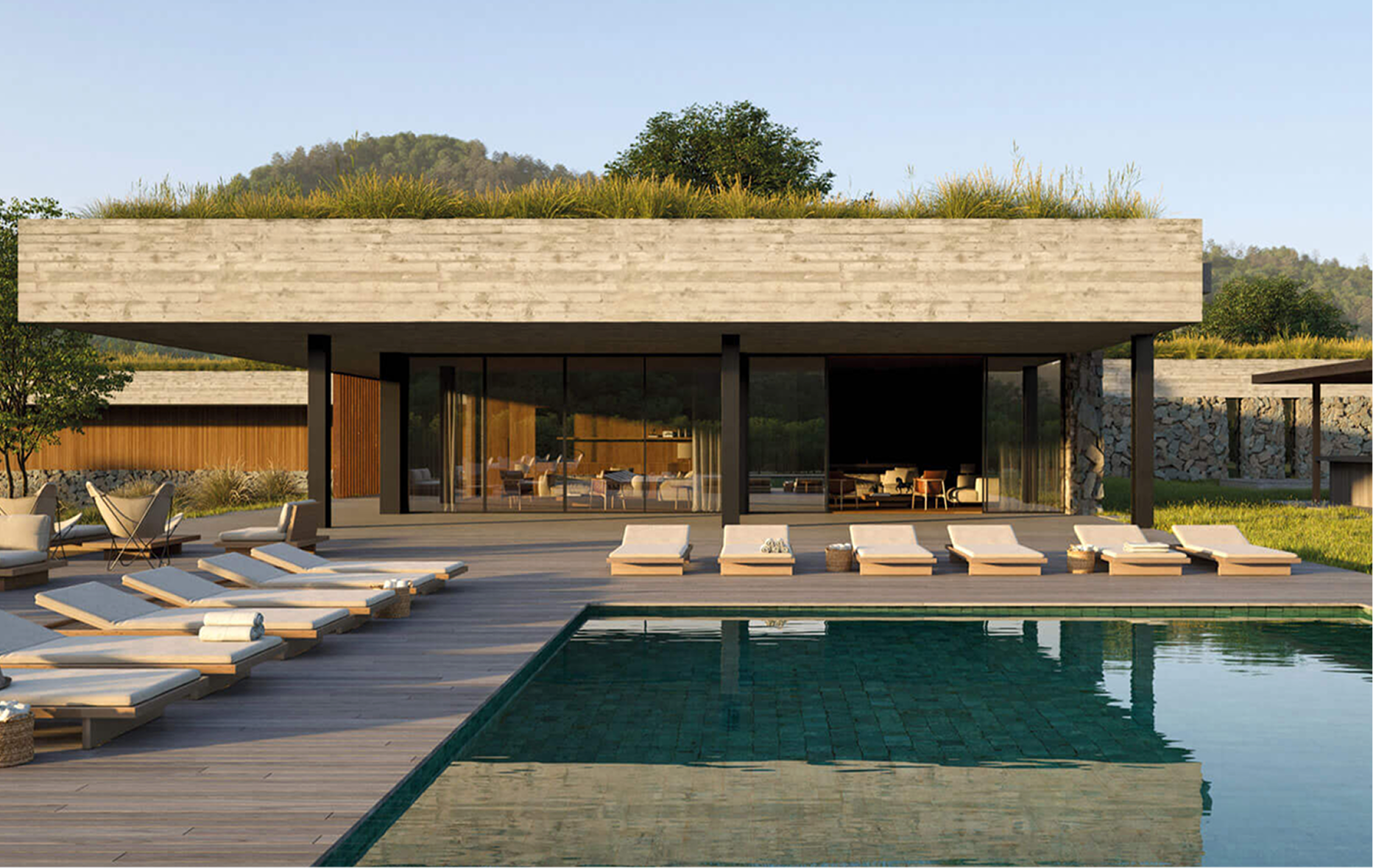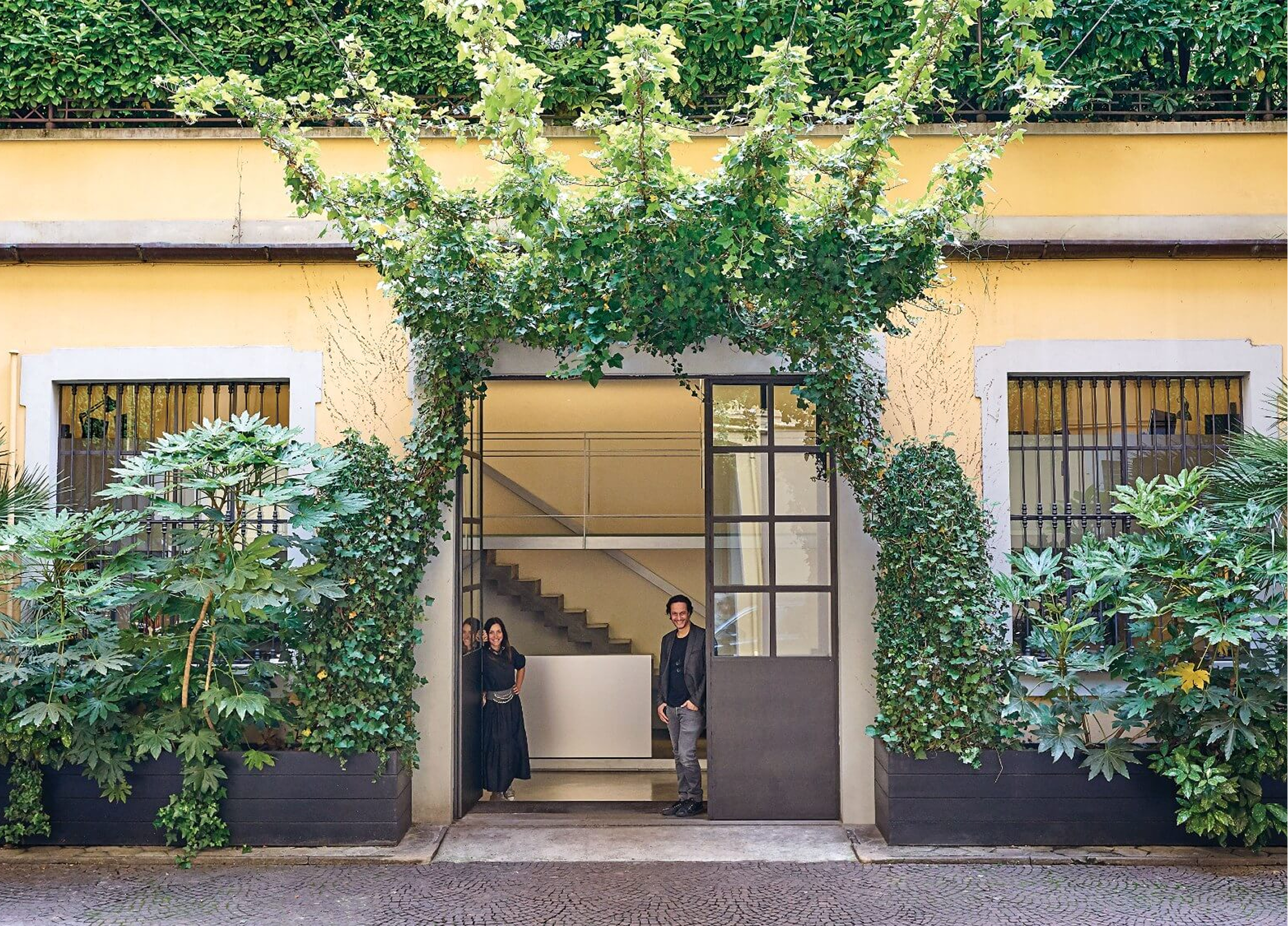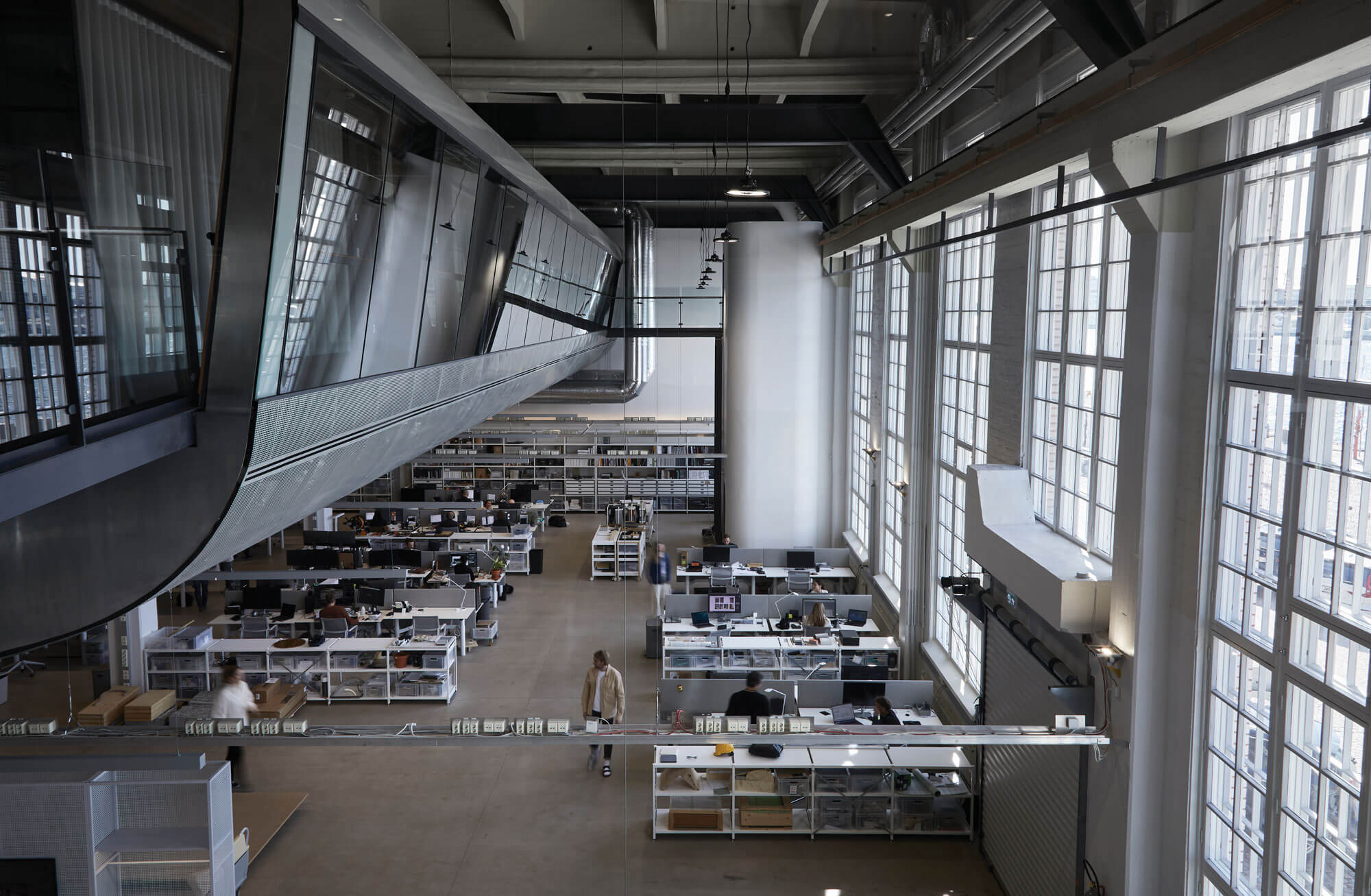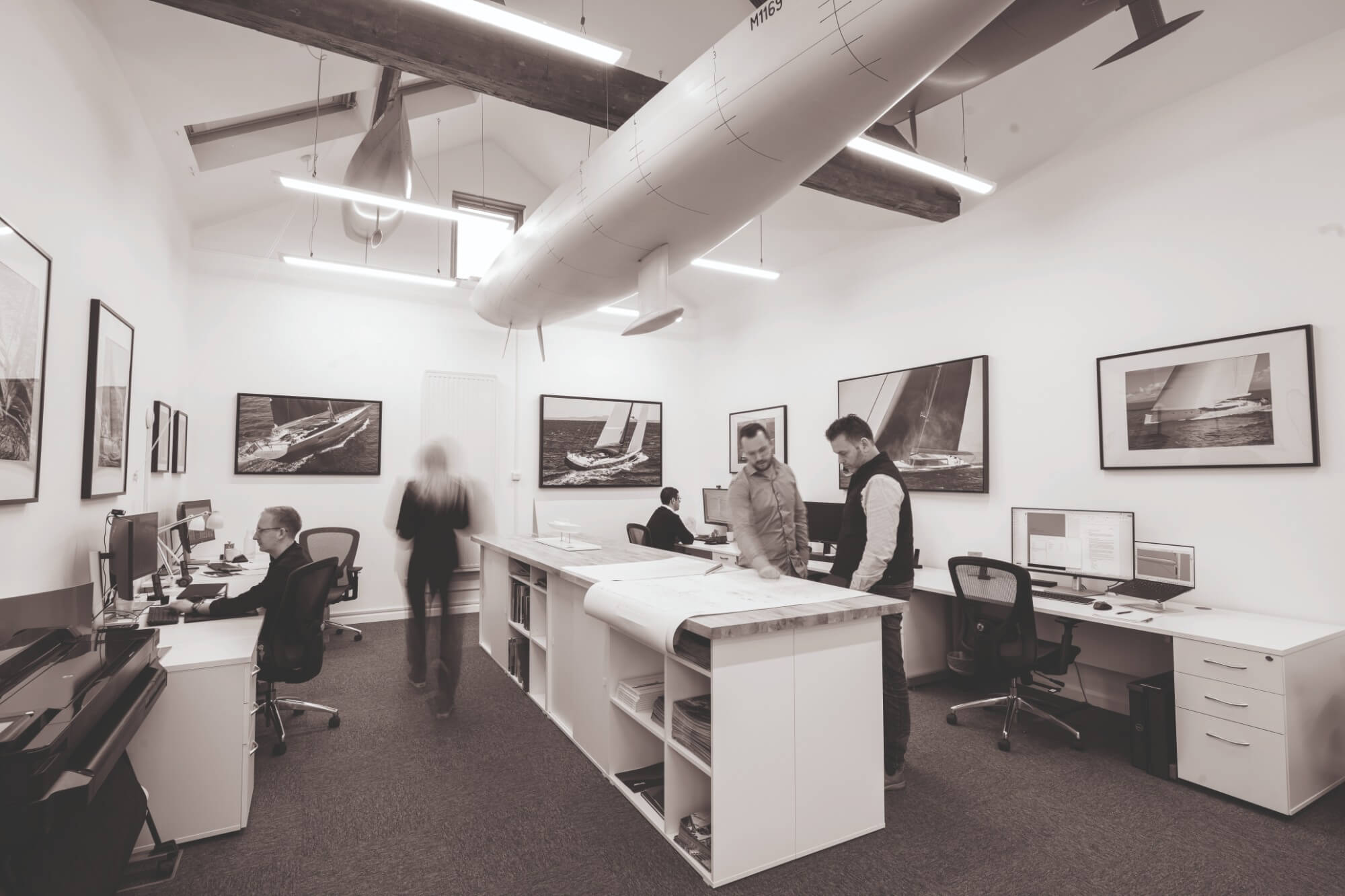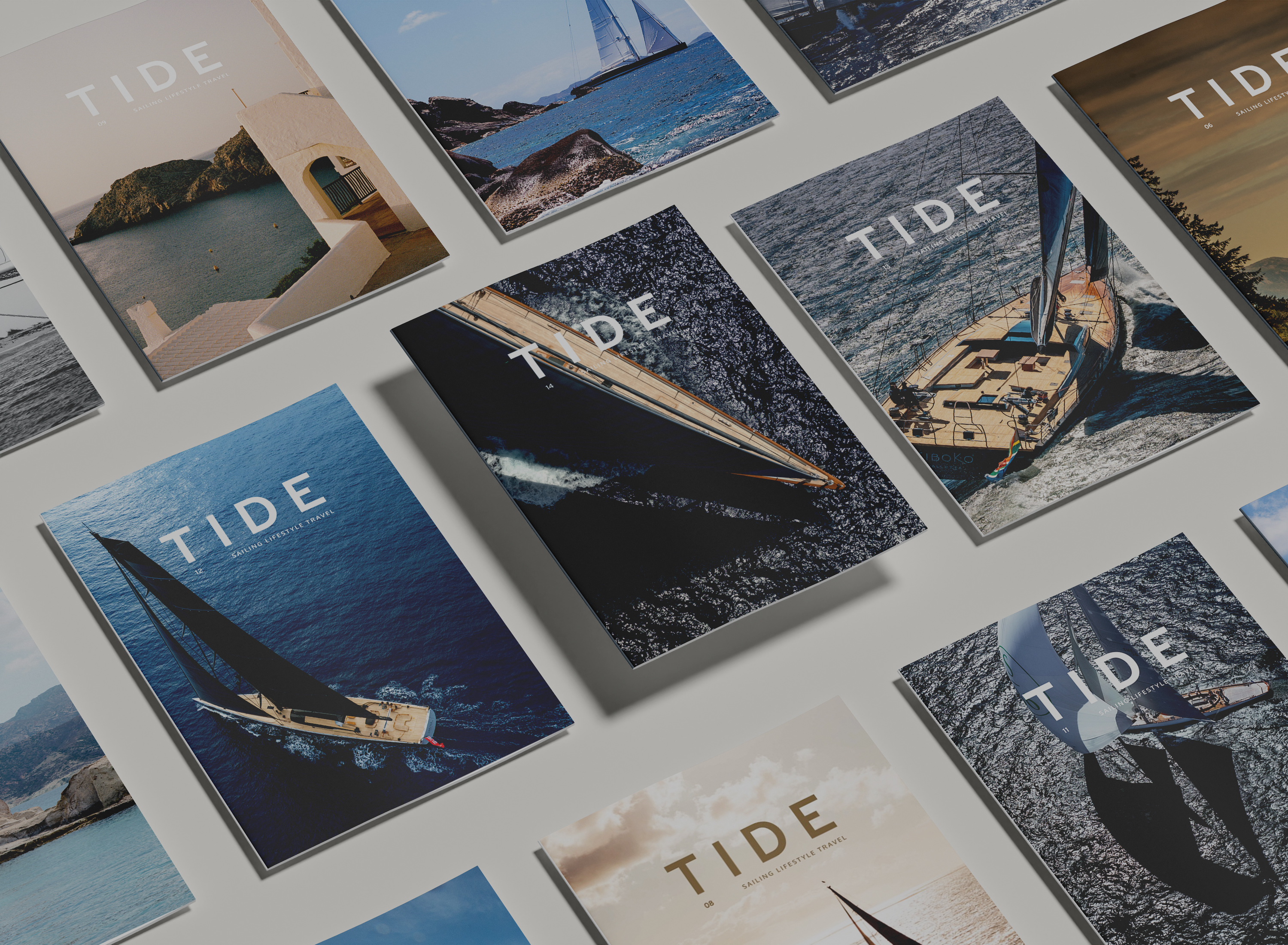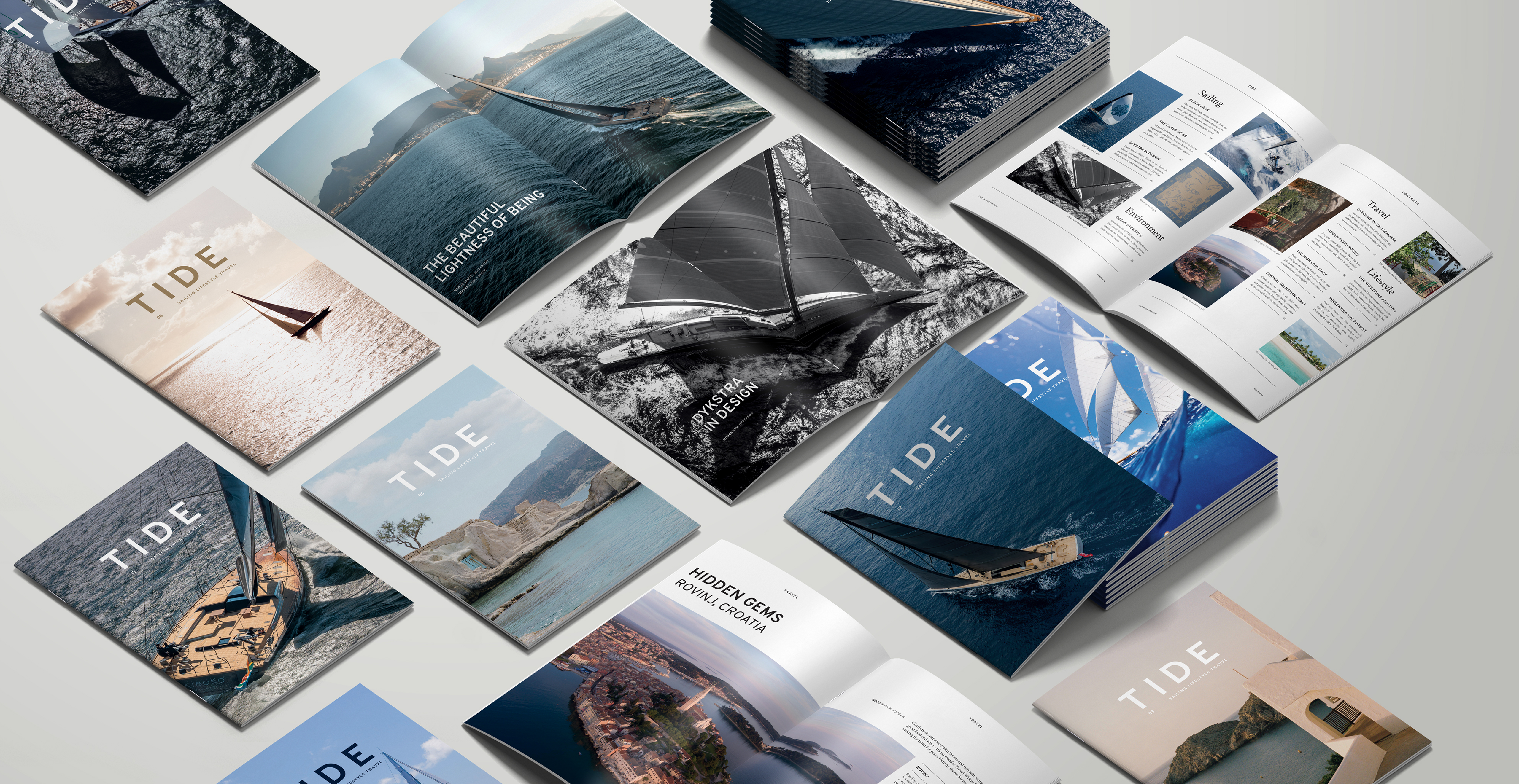Scrolling through Adriana Monk’s Instagram page, it is apparent she sees things from a different angle. From the buttressing curves of harbour wall to the painted cut ends of marble slabs, her pictures celebrate the accomplished function of an item as well as the beauty of its form.
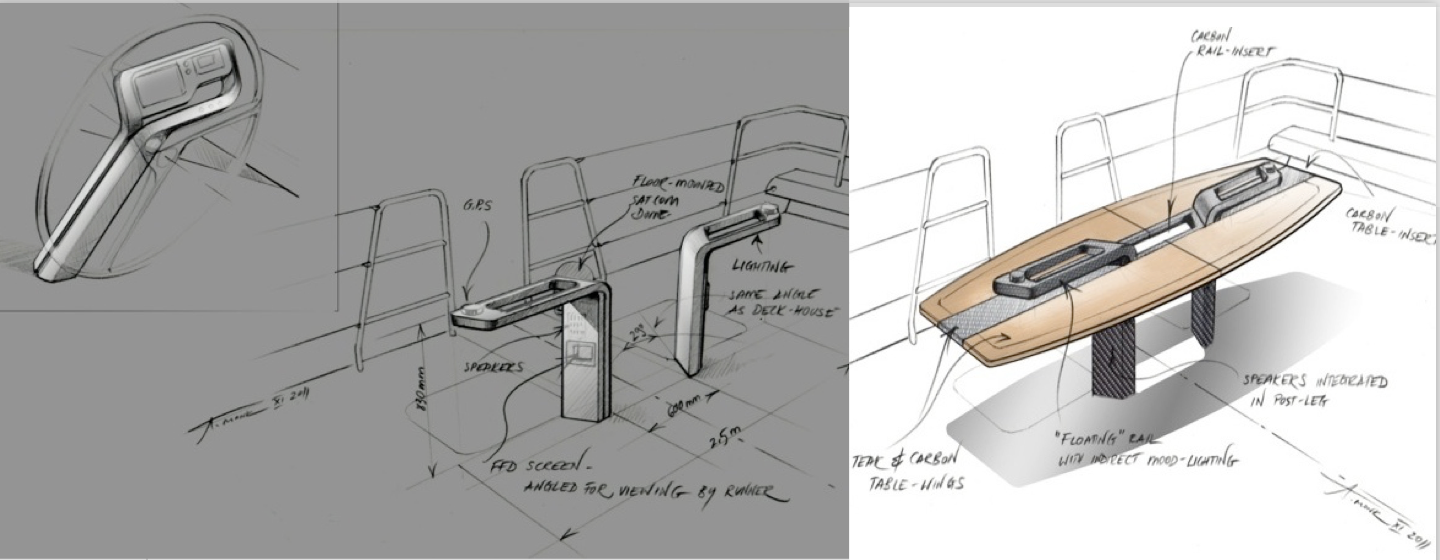
“That’s indicative of my approach to life and work,” the designer says. “With pictures of a trip to Venice you normally see gondoliers. Rarely do you see the detail in the mosaic on the floor of the cathedral. As a trained designer I always look at the negative space; the shadow as opposed to what’s creating the shadow.”
This philosophy has informed all of her work, from a decade designing for luxury car brands such as Jaguar Land Rover, Lincoln and Rolls-Royce, to her transition to the world of Superyachts, first as Chief Designer at Wally and, since 2008, at the helm of her own studio: Monk Design. “My approach will always go back to product design,” she says, “trying to find clever solutions to solve a problem. Inspiration comes from everywhere, from travelling, from art, from experiences.”
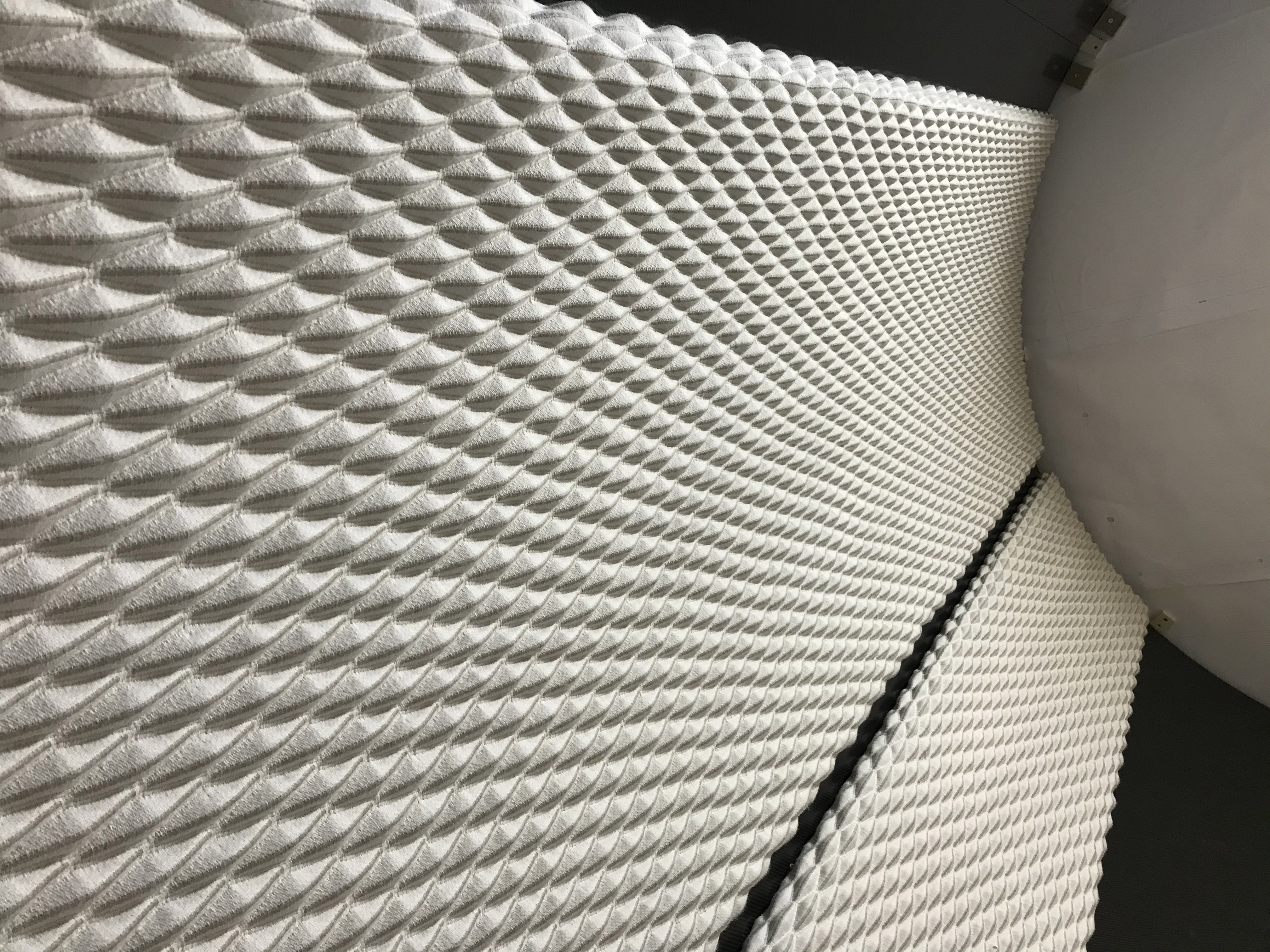
“My passion has always been yachts, even though I had never learned how to sail as a little girl,” she says. After taking an online course in naval architecture and learning to sail in the Solent, she went to the Monaco Yacht Show with the sole intention of meeting Wally Yachts President Luca Bassani. A few months later Bassani called, offering her the role of Chief Designer.
She worked for Wally for just under two years, before accepting a freelance yacht interior project. In 2012 she designed the “jewellery” on deck on Sir Charles Dunstone’s 30 metre WallyCento Hamilton – the graphics, identity, helm station and rail. “What Charles liked was my automotive background,” Monk says. “I had a different perspective and looked at things with fresh eyes.”
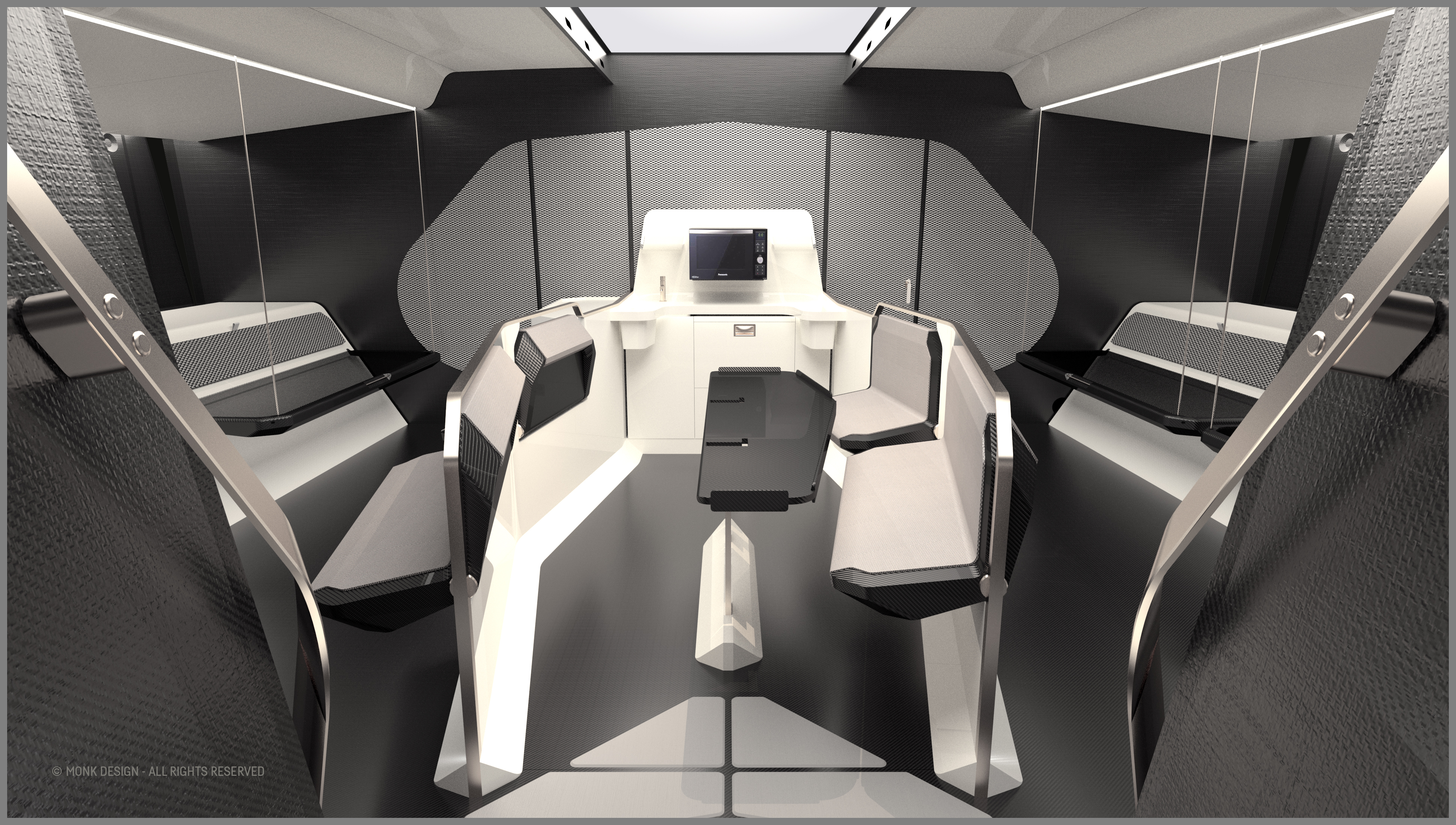
Monk took that fresh approach to the refit of the 78-metre single-masted M5, eschewing a standard canvas bimini for carbon fibre. The owner wanted shade above the helm station – but that would get in the way of the mainsheet. Monk’s solution, having also spoken to the captain and crew – was a slide-out sun shade.
Again, it comes back to product design. “I have an issue with things that are only aesthetic,” she reveals. “There has to be a function behind it. Form follows function.” On Hamilton, the grab handles on deck for moving sides when tacking also contain speakers and instrument screens for sail trimmers. The 3D-printed titanium trophies designed for the Multihull Cup are pencil holders. And it works the other way: the steering wheel Monk created for the Volvo 70 has an interlocking design representing crew teamwork – “the overlapping of the spokes creates this tension and strength” – while she suggested the helms on M5 have five spokes. Form follows function; function follows form, feeding back into the story.
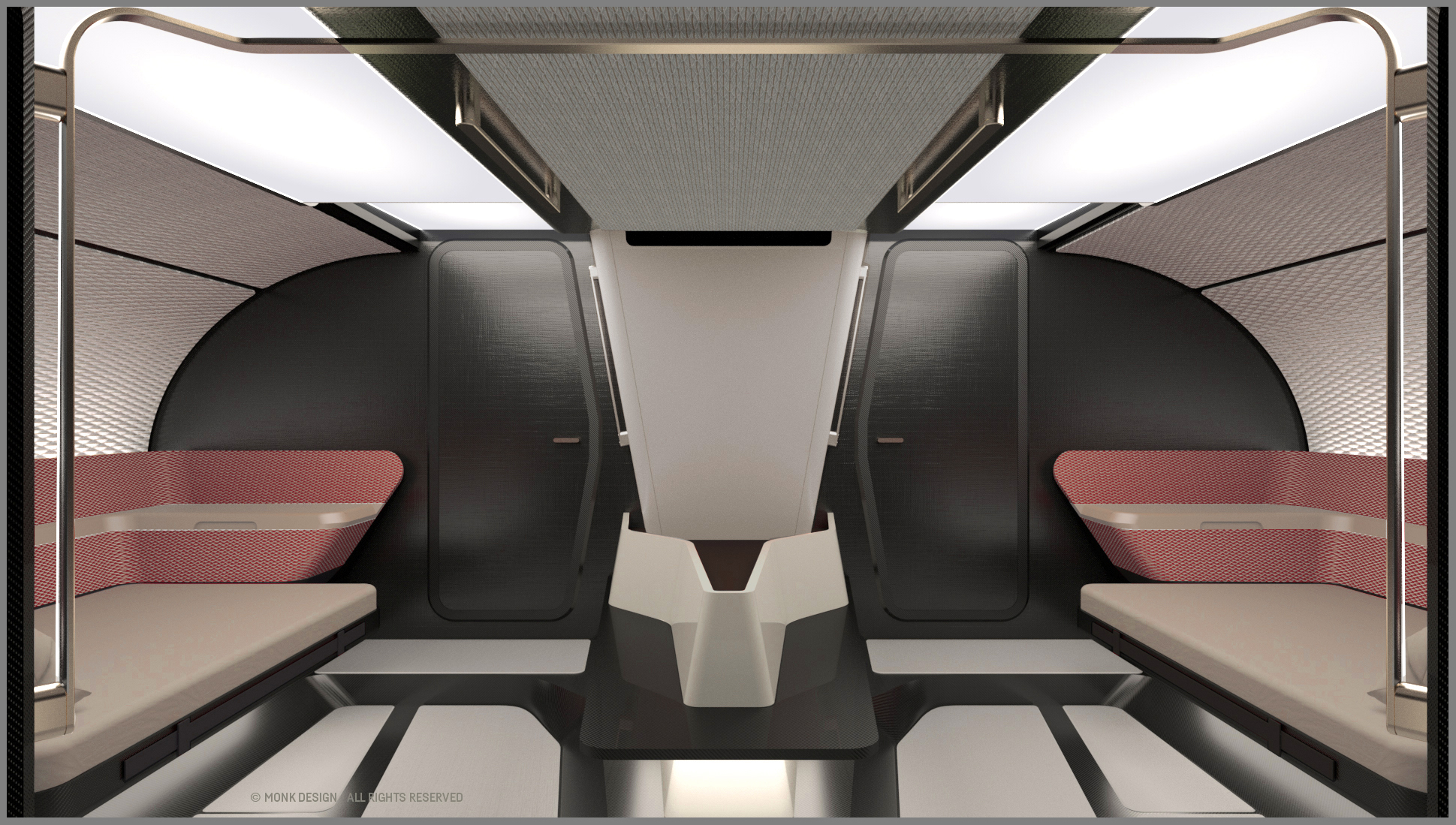
Since learning to sail, Monk has made up for lost time. She loves regattas, takes part in sea trials and deliveries, and races J70s and Lasers and the 92 foot 1909 William Fife gaff cutter Tuiga out of Monaco Yacht Club, near her home and design studio in the South of France. Always, she talks to the sailors, owners and naval architects, learning how the boats work and what it is like living and working under sail.
“In the automotive world, designers are prophets,” she says. “We tell people what they are going to like in the future.” But with yachts, listening is key, hearing what the owner wants and finding a way to deliver. Nautor’s Swan CS125 Skorpios was built for an owner who wanted to race. Monk didn’t want performance to come at the expense of safety or comfort. “Everything on that boat is full of innovation,” she says. The bunks in the spaceship-style carbon interior are gimballed, for proper restorative sleep. Chiselled panels beside the floor become a flat walkway when heeled at 30 degrees. Set into grab rails, lights are easy to use. A sound-absorbing textile lines the cabin and noise-cancelling speakers are embedded in the wall. “You really feel like you are in a cocoon,” Monk says. “A race boat is about safety and of course you want to win the race. Design becomes a secondary element. But when you can design all of those features as one it becomes beautiful.” Skorpios won the Rolex Fastnet in 2021, a month after Monk smashed champagne on her keel at launch in Finland.
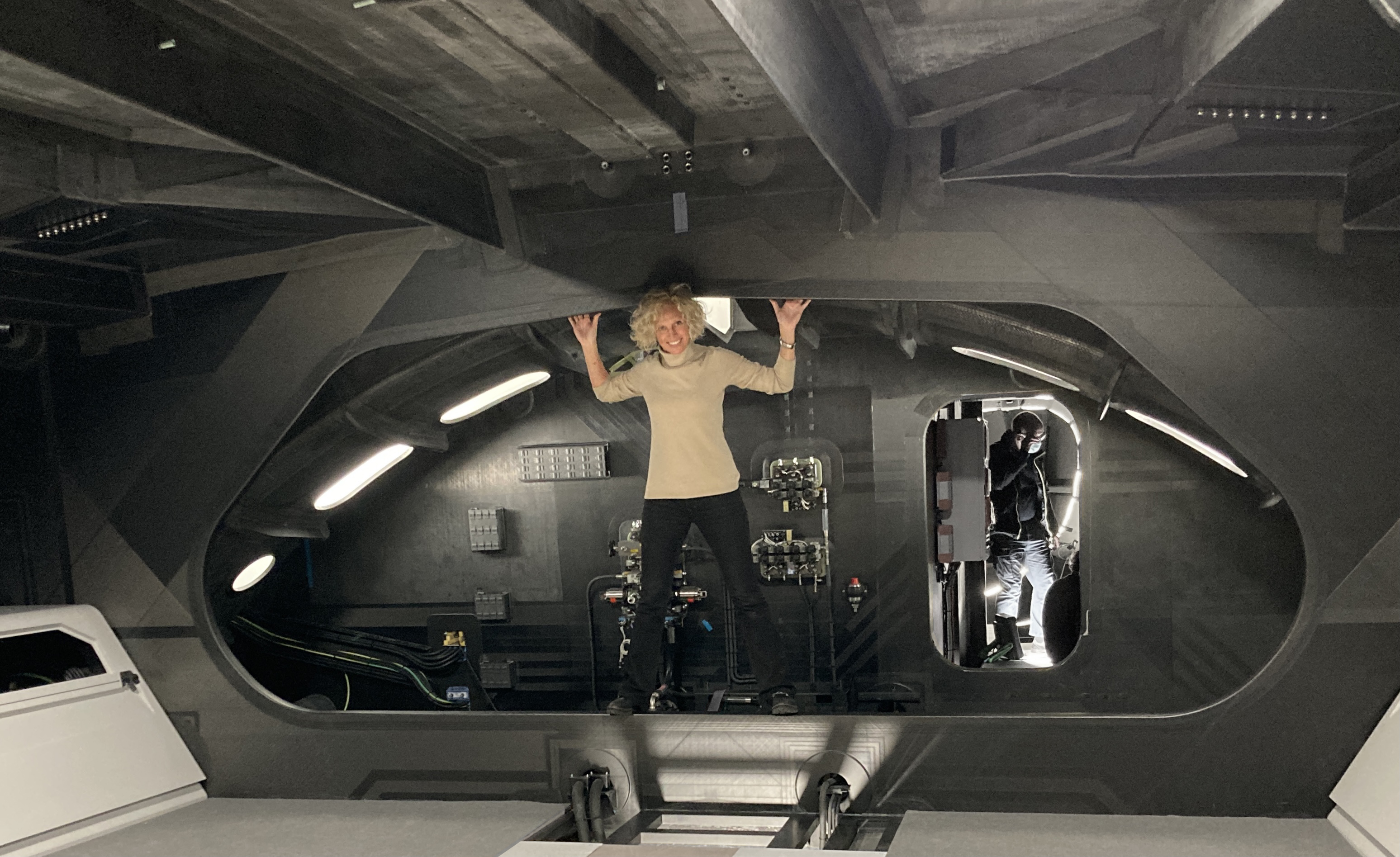
For the designer, there is no one ‘dream project’ or set style. Rather, the ‘dream’ comes from the parameters of the brief itself: “Creating something totally genuine that reflects a client’s needs is very rewarding.” Current projects include a 44-metre sailing Superyacht, a “completely different boat”, for which she is designing the exterior as well as the interior. “It focuses more on feng shui, not on being ‘yachty’ or automotive in any way. It’s a clean canvas with the bare minimum,” she says. “I think it adds to the intrinsic design of a yacht when both exterior and interior are linked and show mutual respect.”
Outside of work and sailing, Monk recharges by playing her 1929 Steinway grand piano or driving her 911 Porsche – her “black beauties” which, to her, epitomise great design. “The best design comes from having listened to all the requirements,” she says. “What you feel, what you touch, how it sounds. Overall, you’re making it a more pleasurable experience.”


